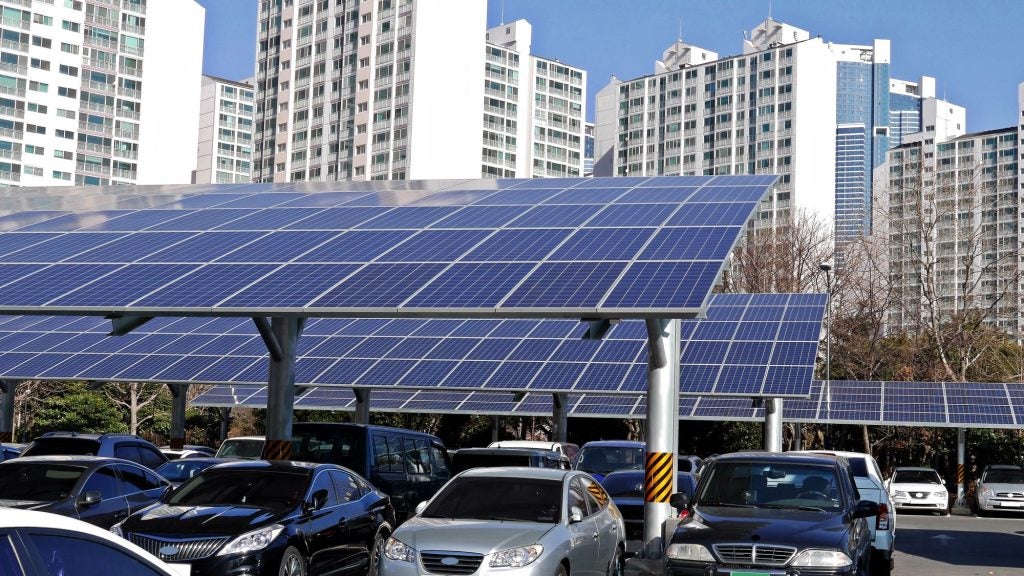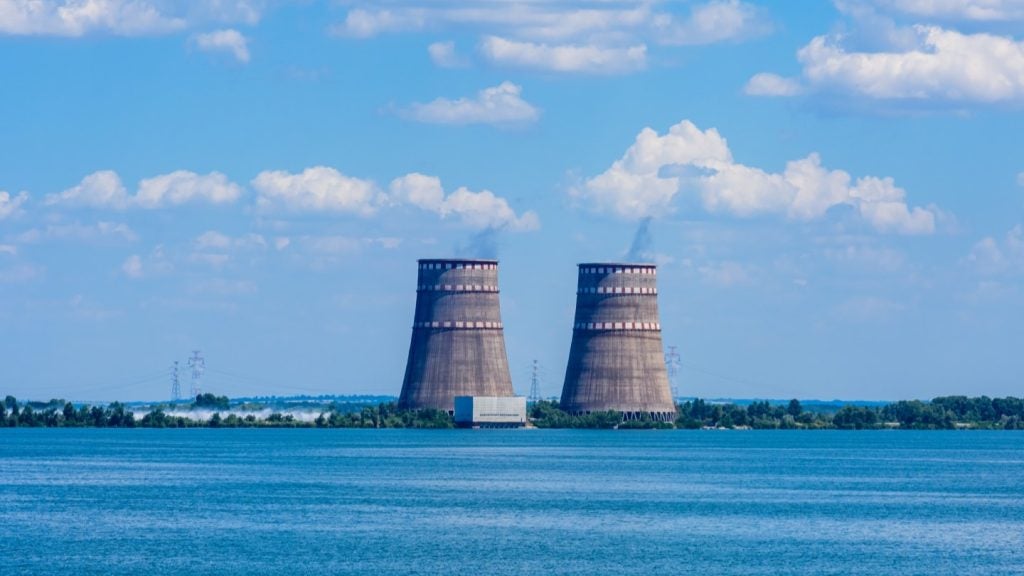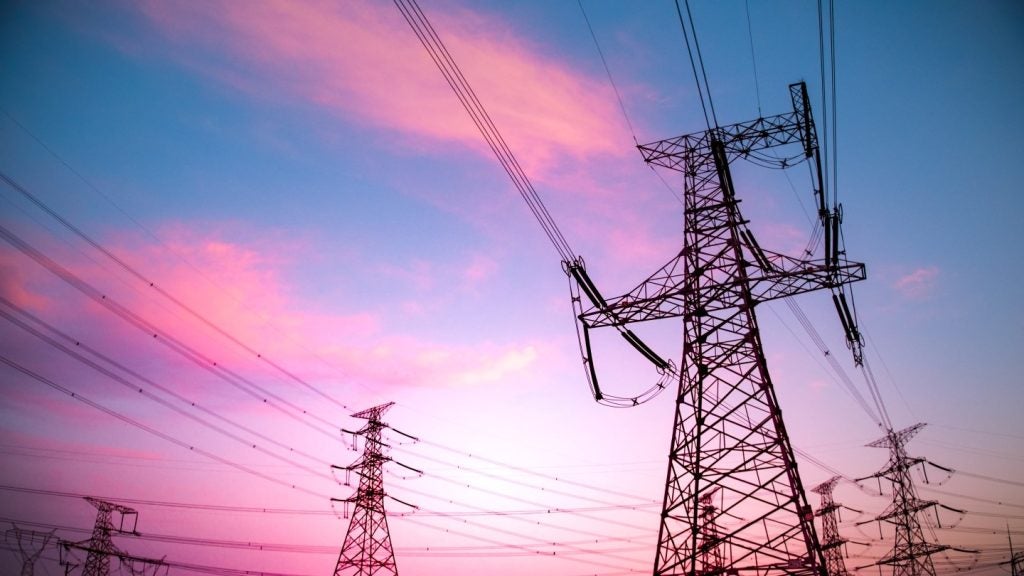
China is reportedly planning to build the first solarpower station in space, which would send energy back to Earth.
With this move, China has allocated $8bn for its space programmes. It intends to compete with the US and gain economic, military and technological dominance.
According to Science and Technology Daily, an official newspaper of the Ministry of Science and Technology of the People’s Republic of China, scientists have already started construction of an experimental solar facility in the western Chinese city Chongqing.
Initially, scientists plan to develop a small solarpower station in space between 2021 and 2025. It later plans to have a 1MW solar facility in orbit by 2030, which will be followed by larger generators.
Typically, around 55% of solar energy is lost when it passes through the Earth’s atmosphere. An outer-space solarpower facility would avoid such losses and also not be interrupted by night time or cloudy weather.
However, details have not been revealed on exactly how China’s solar facility will send energy back to Earth. Although this concept is generally associated with the wireless transfer method.
How well do you really know your competitors?
Access the most comprehensive Company Profiles on the market, powered by GlobalData. Save hours of research. Gain competitive edge.

Thank you!
Your download email will arrive shortly
Not ready to buy yet? Download a free sample
We are confident about the unique quality of our Company Profiles. However, we want you to make the most beneficial decision for your business, so we offer a free sample that you can download by submitting the below form
By GlobalDataLast month, Chinese scientists successfully landed a lunar probe on the far side of the moon. This has provided a new opportunity to learn more about the unexplored region of the moon because of the lack of electromagnetic interference from Earth, Bloomberg reported.
Additionally, China aims to build its own space station called Tiangong by 2022. This will feature a core module, as well as two additional modules for performing experiments in the space.
Weighing 66t, Tiangong will have the capacity to carry three people and have a lifecycle of at least ten years.







